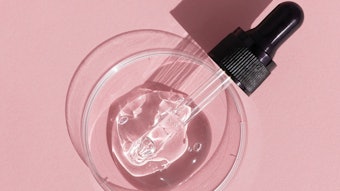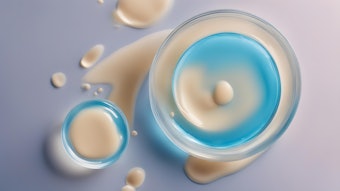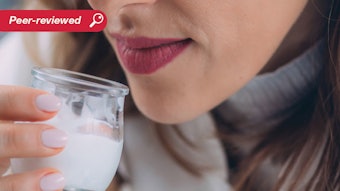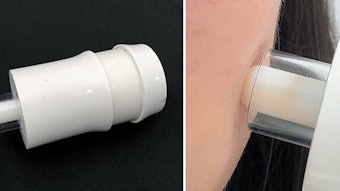An emulsion used in photo-protection creams, like any emulsion, is a heterogeneous system made up of at least an immiscible liquid dispersed in another liquid in the form of small drops. These systems have only minimal stability, which can be increased by adding substances such as surfactants or finely divided solids.
It is possible to classify the emulsions into two distinct types – W/O and O/W – according to the nature of the respective dispersed phase because water and oil, as well as a lipo-soluble substance, are the two basic components of an emulsion.
Sensorial tests enable us to measure how much volunteers like or dislike a certain product. They also enable us to identify the presence or absence of perceptible sensorial differences in characteristics such as the flavor, the texture, the color and the global impression, the spreading and the hydration sensation.
In this article we describe how we determined the quality of a photo-protector W/O cream by evaluating its microbial control, physical-chemical stability and sensory appeal in comparison to an O/W photo-protector cream.
The melanin distribution inside the epidermis is one of the most important factors in protecting the skin against sun light-induced chronic damages such as skin aging and cancer. Nevertheless, melanin is a very poor classical solar filter, because it presents very little sun protection factor (SPF) in concentrations that can be considered biologically useful.
Melanin is a bio-chemically non-reactive free radical. It is unique in its capacity to neutralize the free radicals produced in the skin when skin is exposed to sunlight. Because it is stable thermally and photo chemically, melanin is not degraded by enzymes. When topically applied, it neutralizes and removes the free radicals of the skin, besides working as an antioxidant. Its antioxidant properties are comparable to those of tocopherol because it is a water-soluble polyphenol and consequently stable under light and heat. However melanin cannot be used as a replacement to traditional antioxidants, but only together with them.










